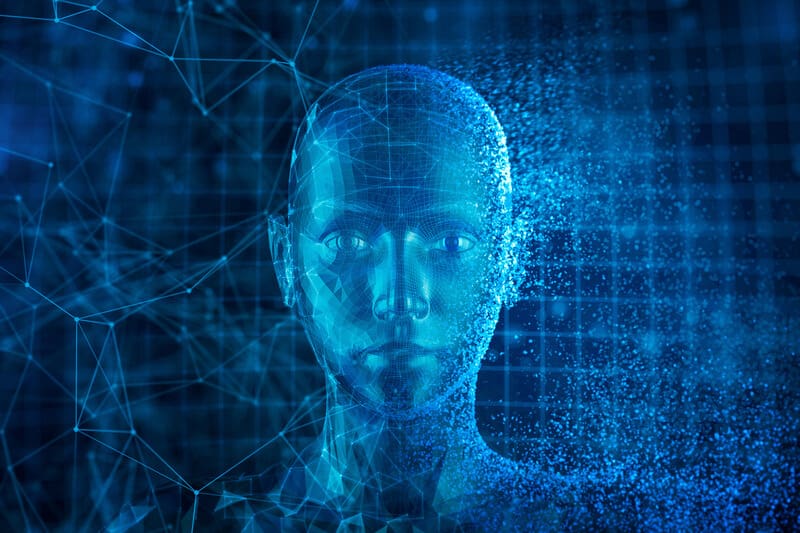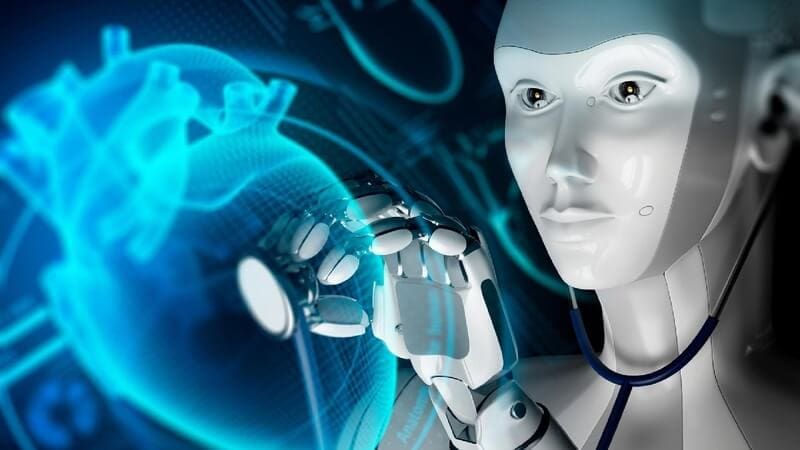AI Blog
The Environmental Impact of Artificial Intelligence

Artificial Intelligence (AI) can have both positive and negative impacts on the environment. Here’s a breakdown of these impacts:
Contents
show
Positive Impacts:

- Resource Optimization: AI can be used to optimize energy usage in various industries, buildings, and homes. For example, data centers equipped with AI can predict the cooling needs and adjust cooling systems in real-time, saving energy.
- Renewable Energy: AI can enhance the efficiency of renewable energy sources. For instance, it can predict the best times to generate wind or solar energy and optimize energy storage and distribution.
- Agriculture: Precision agriculture, powered by AI, can help farmers monitor and predict crop health, optimize irrigation, and reduce the use of pesticides and fertilizers, leading to sustainable farming practices.
- Conservation: AI can assist in biodiversity conservation by analyzing data from cameras and sensors in wildlife areas to track animal movements, detect poachers, or monitor deforestation.
- Pollution Monitoring: AI can predict and monitor air and water pollution levels, providing real-time insights and forecasting future pollution patterns.
- Waste Management: AI-powered robots can sort and manage waste more efficiently, enhancing recycling processes.
- Carbon Capture: AI can improve the efficiency of technologies that capture and store carbon dioxide from the atmosphere.
Negative Impacts:

- Energy Consumption: Training large AI models, especially deep learning models, requires significant computational power, leading to high energy consumption. If the energy sourced is non-renewable, this could lead to increased carbon emissions.
- E-waste: The rapid advancement of AI technologies might lead to frequent hardware updates and replacements, contributing to e-waste.
- Economic Shifts: AI-driven automation can lead to shifts in economic structures, potentially leading to increased consumption and production, which may have indirect environmental impacts.
- Resource Extraction: The materials needed for advanced AI hardware (like rare minerals for chips) might lead to increased mining, with associated environmental damages.
Balancing the Equation:

The net impact of AI on the environment depends on how it’s applied and the choices made in its development, deployment, and scaling.
Responsible and ethical AI development, coupled with renewable energy sources, can maximize the positive environmental benefits while minimizing negative impacts. Collaboration between technologists, environmentalists, policymakers, and other stakeholders is essential to ensure that AI is harnessed in a manner that is environmentally sustainable.
You may also like this content
- The End of Chatbots: Why 2026 is the Year of AI Agents (And What It Means for Your Job)
- Would You Choose a Robot Body or a Digital Mind?
- Nano Banana Pro: Free 4K Photo Upscaling Tool
Follow us on TWITTER (X) and be instantly informed about the latest developments…









